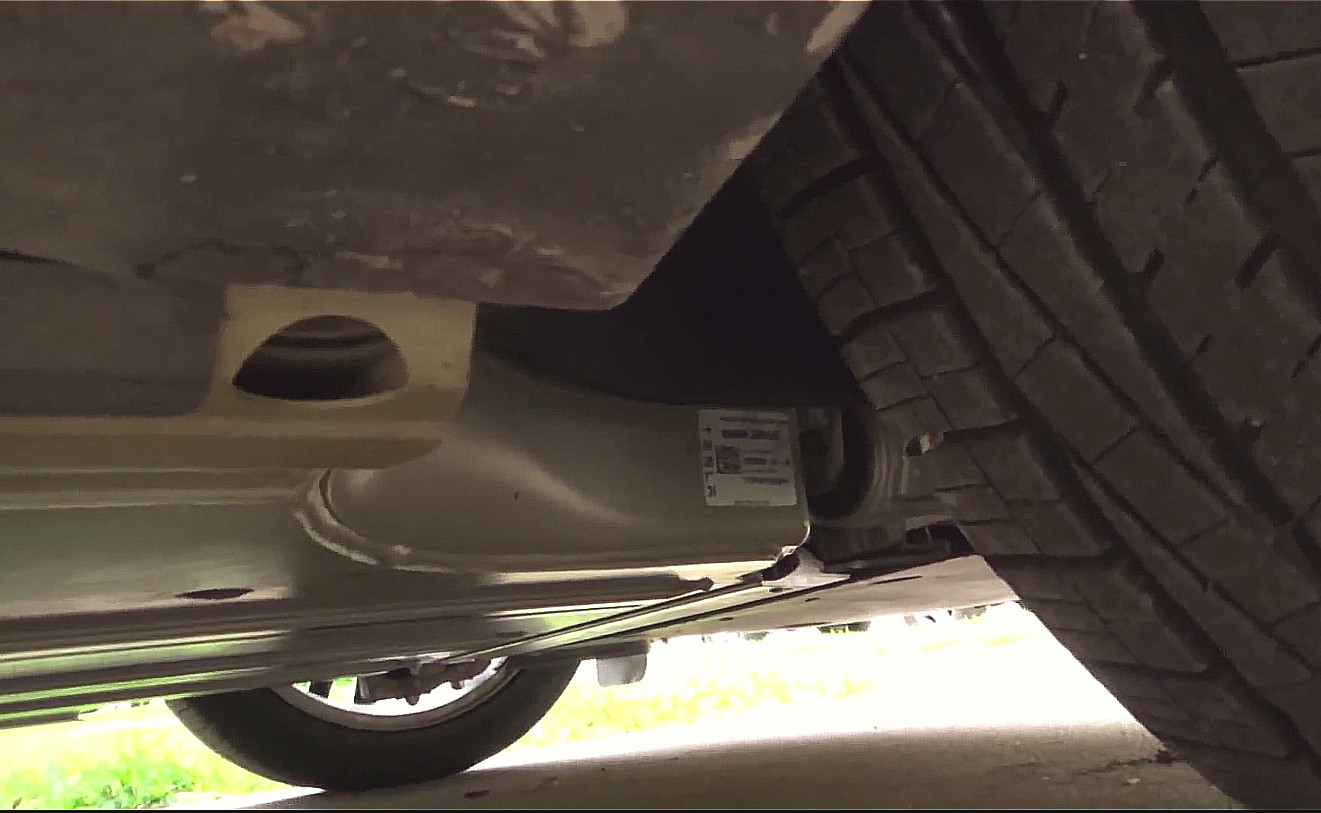So are you saying that the first 75KWh batteries going in badged 70s had 70KWh printed on the batteries? So that is why the current crop of 75KWh batteries could really be software limited 89KWh? Or are you saying that the stickers always show the maximum physical capacity regardless of the firmware limitation? So that the current 75KWh batteries are proof that the battery change on which you speculate hasn't happened yet?
I never saw anything on what the battery labels said on the first 75 packs that were really software limited to 70. I assume they had a label saying they were 70 so as to not give away the secret prematurely.
I never saw anyone with a software limited 60 post a picture of their pack label, so I'm not sure what it said.
Isn't a secret battery upgrade pretty easily exposed by looking at the charge over time supercharging curve? If you take a 100D and a 75D from the same production era when both are at X distance remaining and a half hour supercharging later they both have the same higher distance available then the 75 is a rebadged 100. If on the other hand the 75 has less distance available then the batteries are physically different, since the charging rate slows as the battery reaches physical (rather than unlocked) battery size?
Also, couldn't we just weigh the two similar cars with different battery sizes since there is 86 pound difference between two modules and zero pound difference between a software limited version and its full capacity twin?
A small pack based on the 100 KWh battery modules would supercharge slower than a 100 KWh pack because it's only 350V instead of 400V. The supercharger needs to step down the voltage to the pack's voltage which lowers the power transfer rate.
However if the current 75 pack was software limited, the last bit charging to 100% would go faster than with an older 75 pack. It's charging curve to 100% would be similar to the software limited 60 pack. I haven't seen anything where anyone has tested the latest 75s though.
I don't know what the weight of the new 100 KWh pack modules is, I know it's a little more than the old 75/90 pack modules because they crammed more cells in per module. 14 modules of the 100 KWh pack would have 7224 cells, a little more than the old 90. The cooling system on the new modules is a little different than the old pack, so the weight wouldn't be exactly the same and there does appear to be some changes to the motors and inverters (as advertised by Tesla), but if the new 75 was a software limited 89, it would weigh closer to an old 90D than an old 75D.
But if anybody has done that, I haven't seen anything and I read the forum pretty regularly.
Currently there are very few of the new 75s out there, and there aren't all that many people who can do these tests. A scale that can accurately weigh a car down to the difference in weight between a 90 and a 75 exist, but to do it right you should weigh the two cars on the same scale back to back. And make sure there isn't anything extra in either car that can throw off the weight.
The supercharging test to be done right should use some data logging software that only a few Tesla owners are geeky enough to have installed. I'm aware of it, and I've thought about installing it, but I haven't done it and I'm probably on the geekier end of the spectrum around here.




